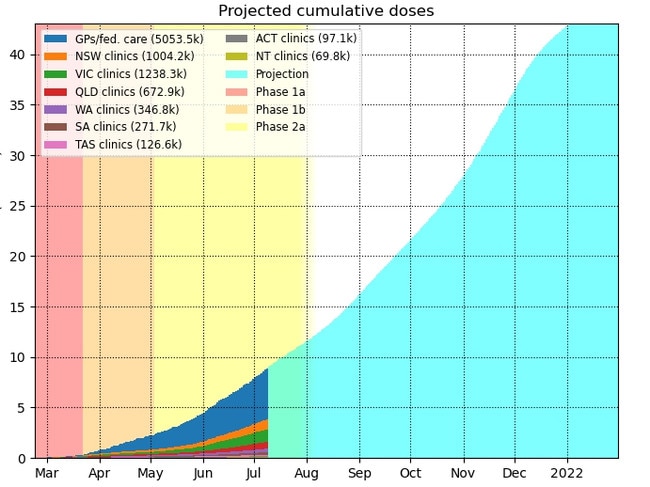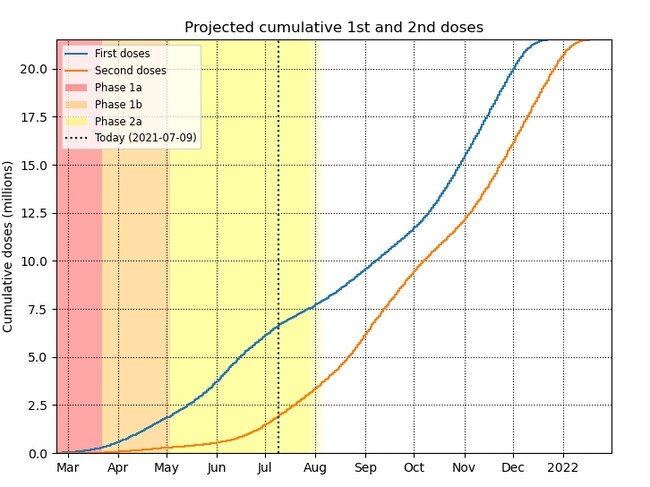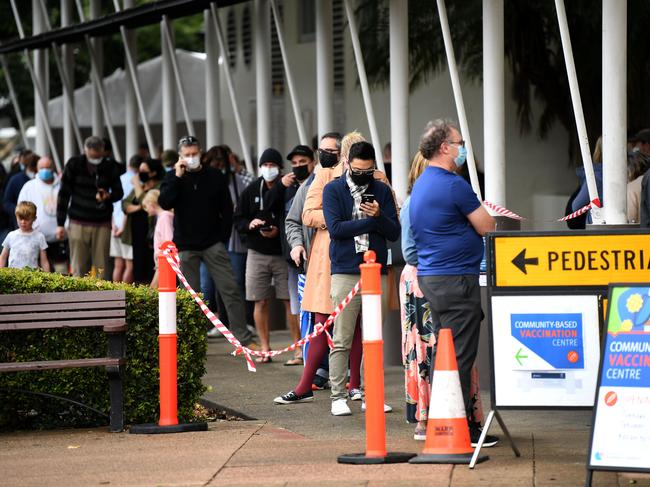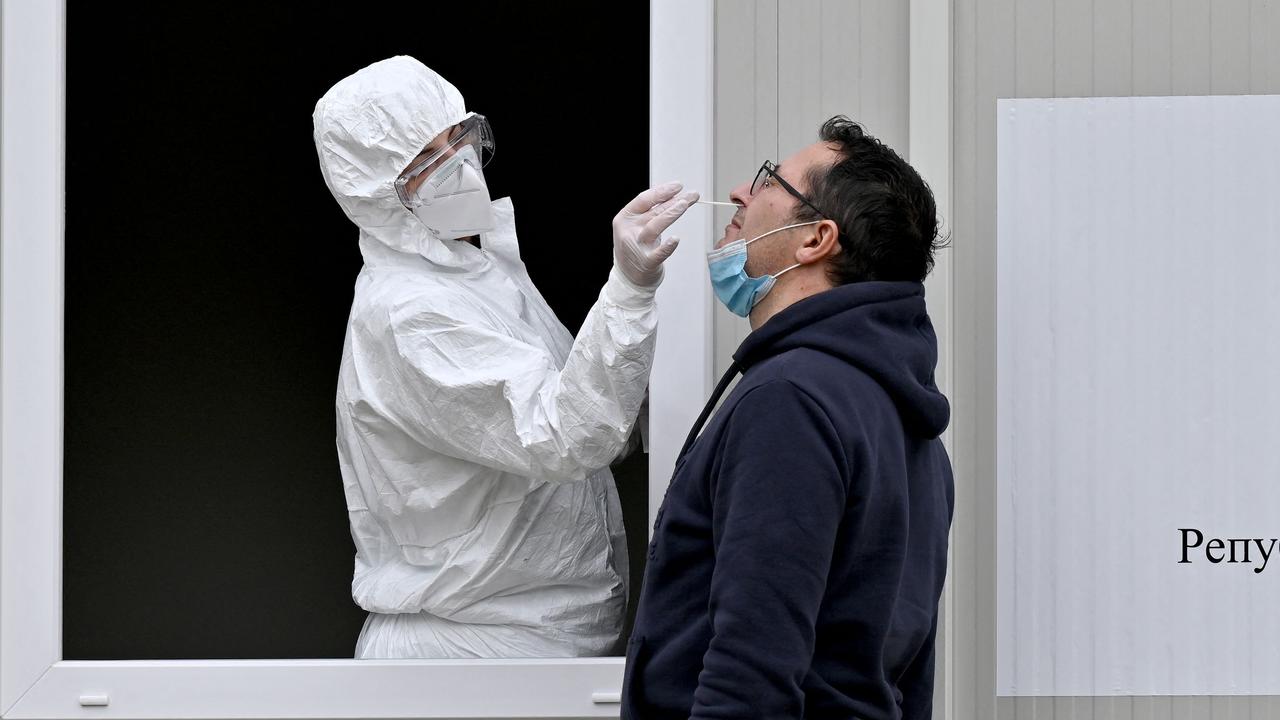What Pfizer deal really means for Australia
The accelerated delivery of Pfizer vaccines has been largely welcomed – but new modelling shows it will not be the ‘game changer’ the government has promised.
Coronavirus
Don't miss out on the headlines from Coronavirus. Followed categories will be added to My News.
The accelerated delivery of Pfizer doses announced by Prime Minister Scott Morrison on Friday will make little difference to the date when Australia will reach the critical 80 per cent adult vaccination threshold, new modelling shows.
Melbourne University physicist Dr Chris Billington said the country was “still looking at December” to get to an 80 per cent adult vaccination rate – the “magic number” that has been linked to the likely easing of restrictions around lockdowns, borders and quarantine arrangements.
During a media interview blitz on Friday morning, Mr Morrison said the government had been “always trying to get our deliveries brought forward … and that work has paid off”.
But Dr Billington said according to his modelling, which factors in the expected rate of vaccine supply and a high level of uptake, the accelerated Pfizer delivery “gains us about a week”.

“Prior to [this announcement] we were already expecting 700,000 [Pfizer doses] per week in August and one million from September onwards. This announcement increases that to about 1.1 million per week in August, and this is a total of 1.6 million doses that have been brought forward,” Dr Billington said.
“At the rates of supply we’re expecting after October, 1.6 million really represents less than a week’s worth of supply, which gains us about a week later in the year. Any targets we want to reach we will reach a week sooner than we will otherwise.”
According to Dr Billington’s calculations, Australia will now reach the 50 per cent adult vaccination threshold (where the US is about now) sometime in October, and the 80 per cent threshold in December.

In a press statement, Pfizer itself stressed the number of doses it was contracted to provide to Australia in 2021 – a total of 40 million – had not changed.
“While the details of our agreement with the government are confidential, we can confirm that deliveries to Australia remain on track, and continue to progress in line with our weekly delivery schedule,” the statement read.
Labor Health spokesman Mark Butler accused Mr Morrison of “misleading the country” over the accelerated Pfizer announcement.
“This is the PM who said the rollout wasn’t a race and he said we were at the front of the queue. It is a race to get Australians vaccinated and we weren’t at the front of the queue,” Mr Butler tweeted.

Changes in the timing of second vaccine doses could also impact the date at which Australia reaches herd immunity – or something close to it.
In the past week there have been reports some Pfizer recipients have had their second doses pushed out to six weeks – rather than three – and Mr Morrison has also suggested AstraZeneca recipients should get their second dose after eight weeks, rather than 12.
Dr Billington said speeding up the second AstraZeneca dose would enable Australia to reach the 50 per cent vaccination rate one week faster than it otherwise would, but it would have no effect on the speed with which we would reach the 80 per cent marker.

But the changes in Pfizer dosing could have more significant effects to the country’s vaccination timetable.
“Extending Pfizer’s second dosing from three weeks to six weeks accelerates first doses at the expense of second doses,” Dr Billington said.
If the six-week schedule is common near the time the country is approaching the 50 per cent and 80 per cent fully-vaccinated levels, it could delay us reaching those targets by about three weeks, he said.
More Coverage
Originally published as What Pfizer deal really means for Australia





